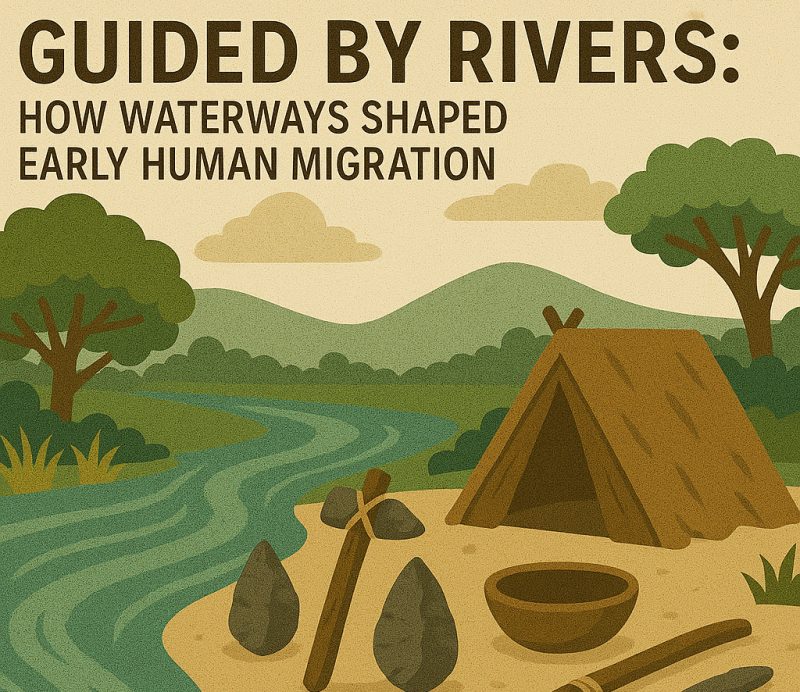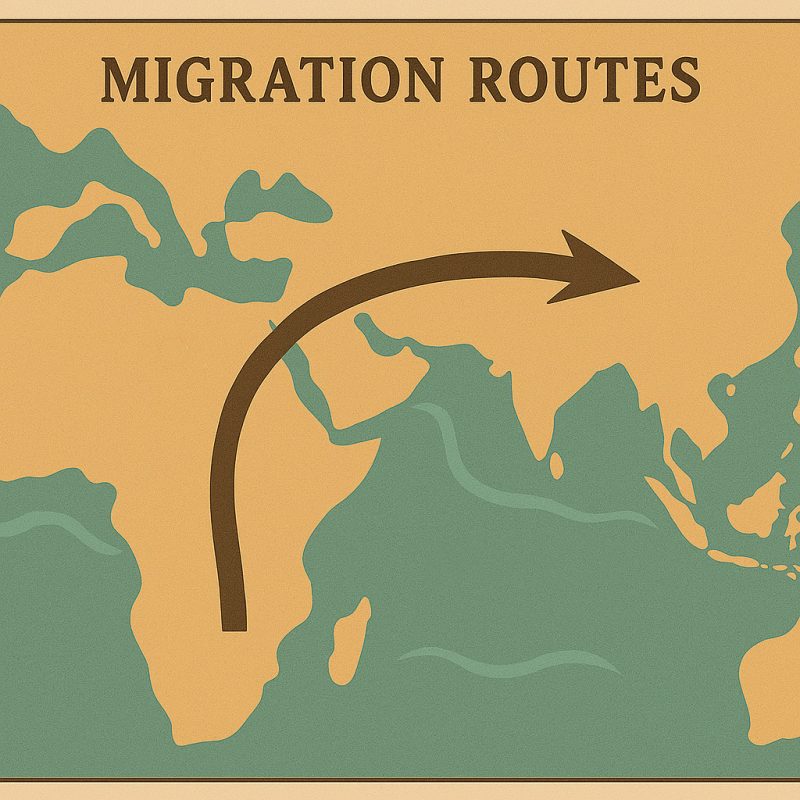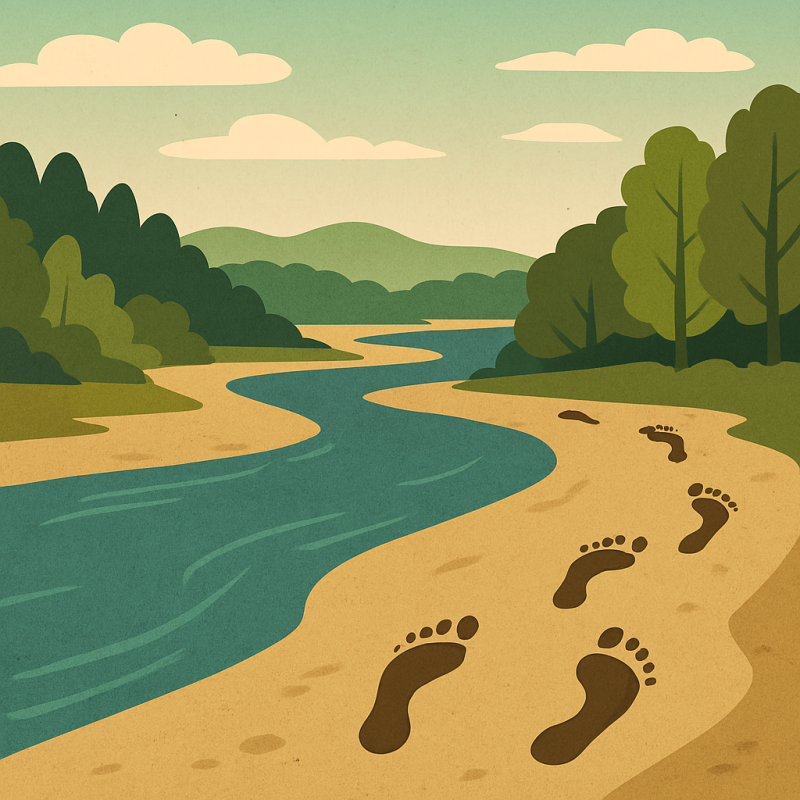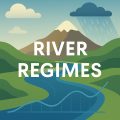Guided by Rivers: How Waterways Shaped Early Human Migration

Rivers were lifelines for early humans, guiding Homo erectus and Homo sapiens on epic migrations across continents, rich in water, food, and pathways.
Rivers have played a pivotal role in the grand narrative of hominid evolution and migration, serving as lifelines that guided and sustained early human species such as Homo erectus and Homo sapiens on their expansive journeys across continents. These waterways provided not only essential resources but also natural corridors that facilitated movement, exploration, and eventual settlement.
Homo erectus: Pioneers Along the Waterways
Approximately 1.9 million years ago, Homo erectus emerged in East Africa, exhibiting remarkable adaptability that enabled them to venture far beyond their ancestral homelands. Their migrations are among the earliest known, with evidence placing them in regions as distant as Southeast Asia. Archaeological findings indicate that Homo erectus often established settlements near rivers and lakes, underscoring the significance of these environments in their daily lives.
Sites such as those in Trinil, Sangiran, and Mojokerto in Java reveal that these early humans thrived in open encampments along riverbanks, relying on proximity to water sources for survival. The abundance of stone tools and animal remains at these sites suggests that rivers provided not only hydration but also opportunities for hunting and gathering, as well as materials for tool-making.

Homo sapiens: Navigating New Horizons
The story of Homo sapiens is similarly intertwined with river systems. As our species began its exodus from Africa around 70,000 years ago, rivers served as vital conduits through otherwise inhospitable terrains. The Sahara Desert, for instance, presented a formidable barrier to migration.
However, during periods of increased rainfall, ancient rivers transformed the arid landscape into a network of ‘green corridors‘, lush with vegetation and teeming with wildlife. These fertile pathways enabled early humans to traverse the Sahara, moving northward and eventually into Eurasia.

In regions like Southeast Asia, river valleys and coastal routes further facilitated the spread of Homo sapiens. The intricate waterways of the area provided navigable routes that supported migration, trade, and cultural exchange, highlighting the enduring importance of rivers in human expansion.
Rivers as Catalysts for Evolution and Culture
Beyond their role as physical pathways, rivers have been instrumental in shaping human evolution and culture. The resources available in riparian environments—such as diverse flora and fauna—contributed to dietary expansions that supported brain development and complex social structures. The predictable patterns of rivers also allowed for the establishment of more permanent settlements, setting the stage for the development of agriculture and the rise of civilizations.
In essence, rivers have been more than mere geographical features; they have been the arteries through which the lifeblood of human migration and cultural evolution has flowed. The journeys of Homo erectus and Homo sapiens along these waterways underscore the profound connection between our species and the riverine landscapes that have guided our shared history.



